Hi, fellow bird watchers!
Are you looking for a new species to watch and admire? Then look no further than the incredible birds that build mud nests! These fascinating birds are a joy to watch, with their unique behaviors and beautiful plumage.
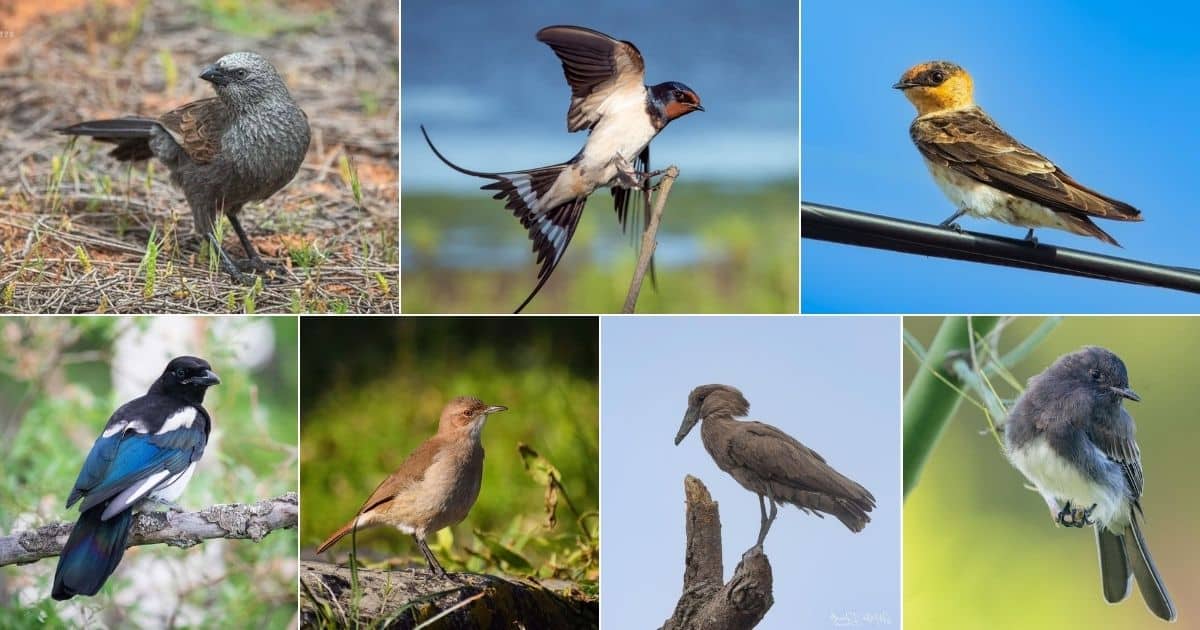
Whether you’re looking for a new backyard bird to watch or planning a trip to see some of these majestic birds in their natural habitats, this list is for you.
Contents
How Do Birds Get Mud in Their Nests?
One of the most exciting things about birds that build mud nests is how they get the mud to build their nests. Some species use their beaks to pick up bits of mud from the ground and carry it back to their nests. Others use their legs or feet, kicking or stamping the mud to break it up and form a paste.
So without further ado, let’s look at some of the most clever birds that build mud nests!
1. American Flamingo
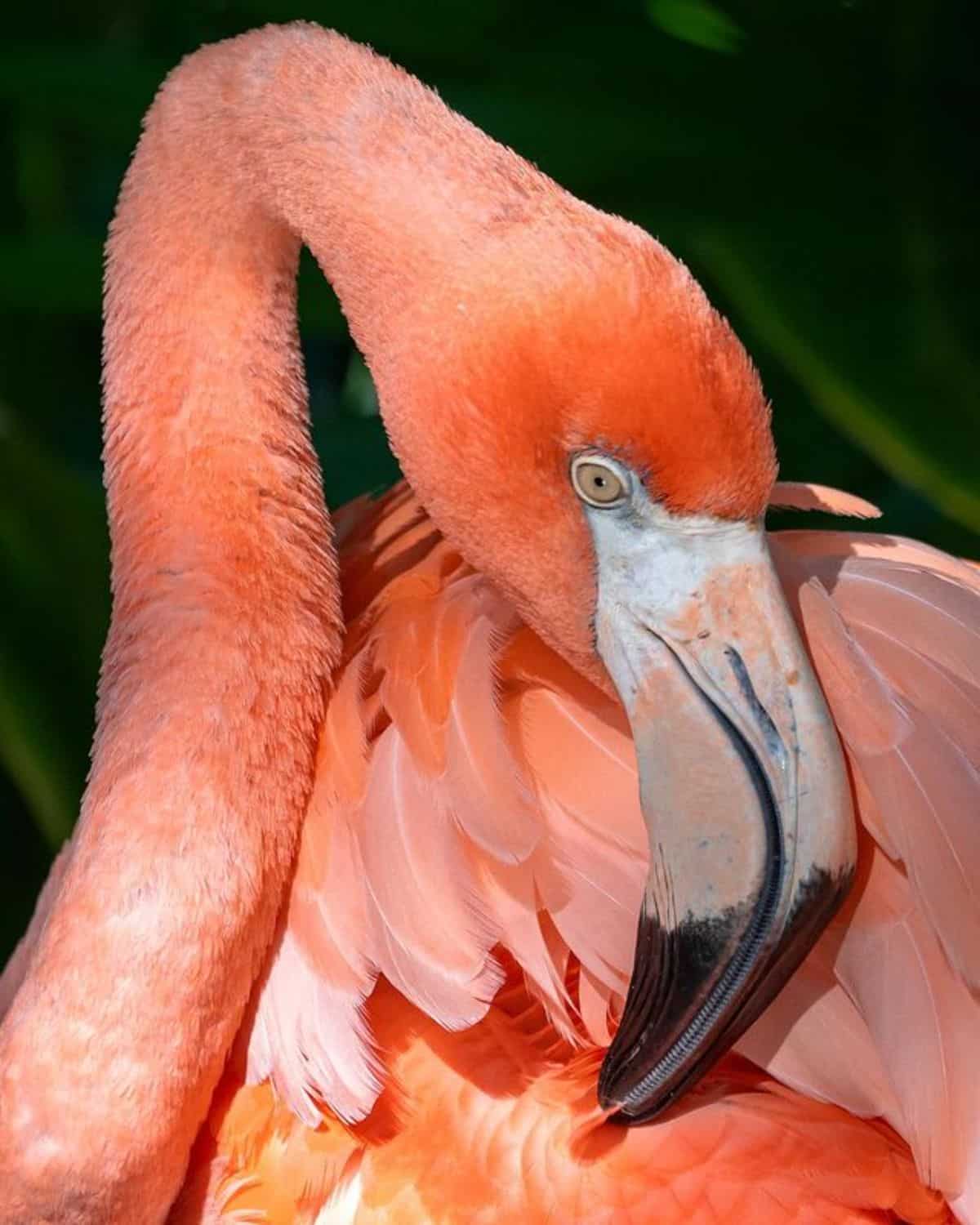
- Scientific name: Phoenicopterus ruber
- Length: 120-145 centimeters
- Weight: 2.2-2.8 kilograms
- Wingspan: 37-42.5 centimeters
With a long, thin neck and bright pink plumage, the American flamingo is one of the most recognizable birds in the world. These elegant birds are typically found in the salt marshes and mangrove swamps of the southern US and the Caribbean. They are known for their unusual nesting behavior, which involves building a large mound of mud and then swirling it around with their long beaks to smooth it out.
They are very social birds and often gather in flocks of hundreds or thousands. They are also known for their graceful courtship dances, which involve an intricate series of steps and head movements.
If you want to see a beautiful, elegant bird that builds unique mud nests, then the American flamingo is perfect!
2. Common House Martin
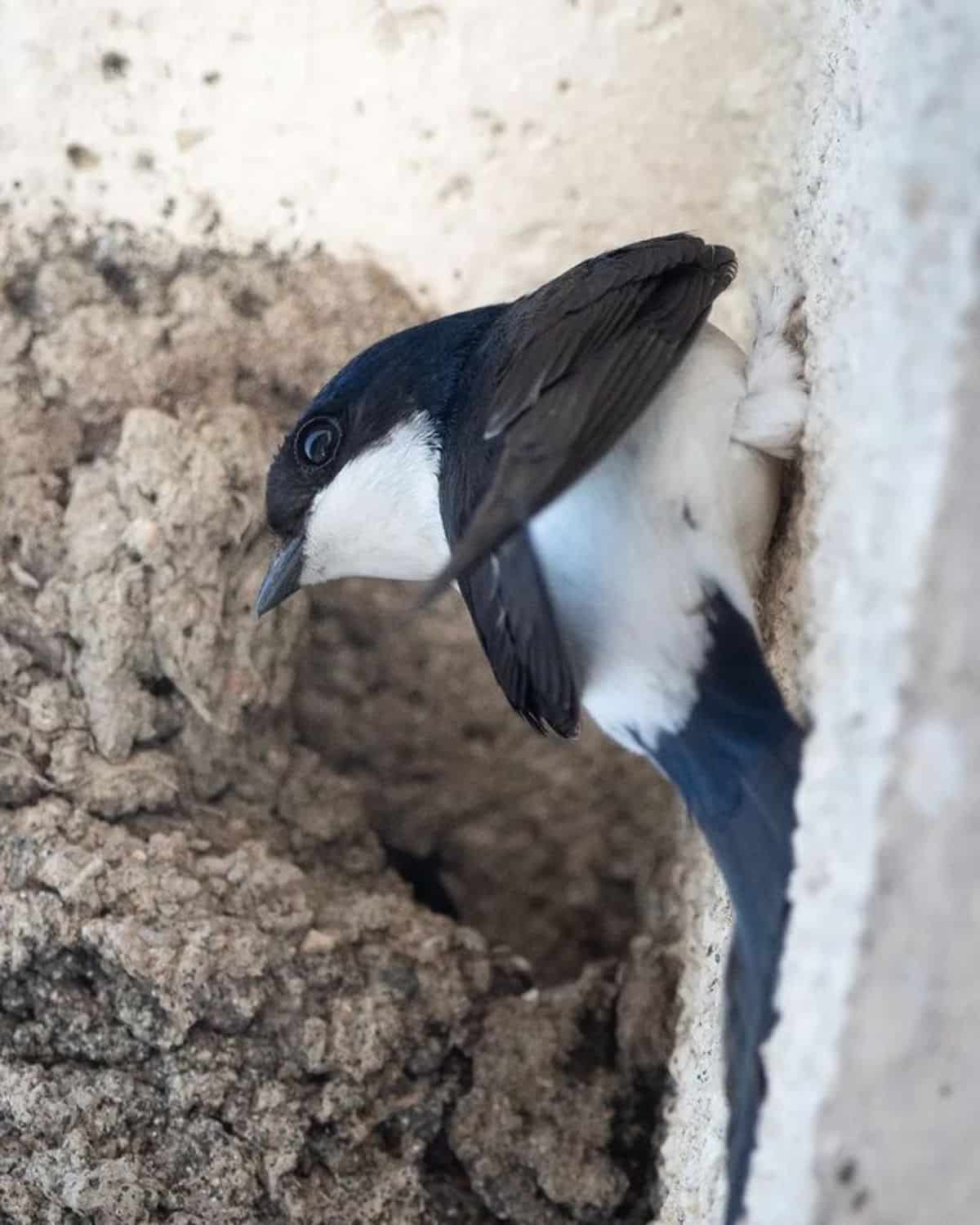
- Scientific name: Delichon urbicum
- Length: 13 centimeters
- Weight: 18.3 grams
- Wingspan: 26-29 centimeters
The common house martin is a small, slender bird found throughout Europe and western Asia. These friendly birds build nests out of mud pellets, which they pick up and carry back to their nests with their beaks. They build intricate nests that can sometimes be seen clinging to the sides of buildings or cliffs.
Common house martins are easy to identify with their distinctive blue-black backs, white underside, and long, forked tail. They are also known for their high-pitched chirping calls and aerial displays.
3. Barn Swallow
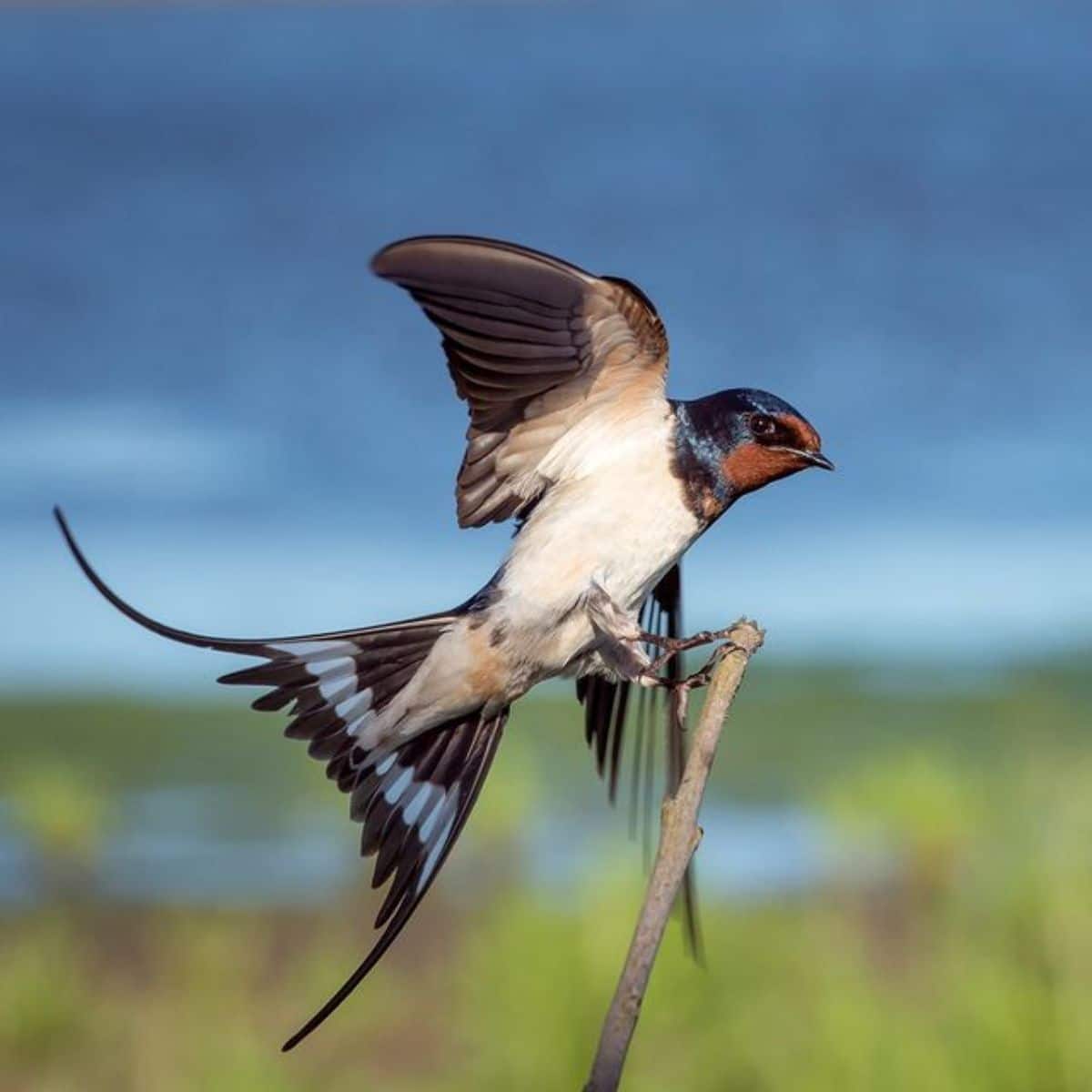
- Scientific name: Hirundo rustica
- Length: 15-18 centimeters
- Weight: 17 grams
- Wingspan: 17-20 grams
The barn swallow is a sociable bird known for their distinctive long tail, which is deeply forked at the end and helps them maneuver easily in flight.
Barn swallows are easily recognizable, with their steel-blue back and rust-colored breast. They are known for their aerial courtship displays and intricate mud nests, which they build under bridges or barns.
4. Black-billed Magpie
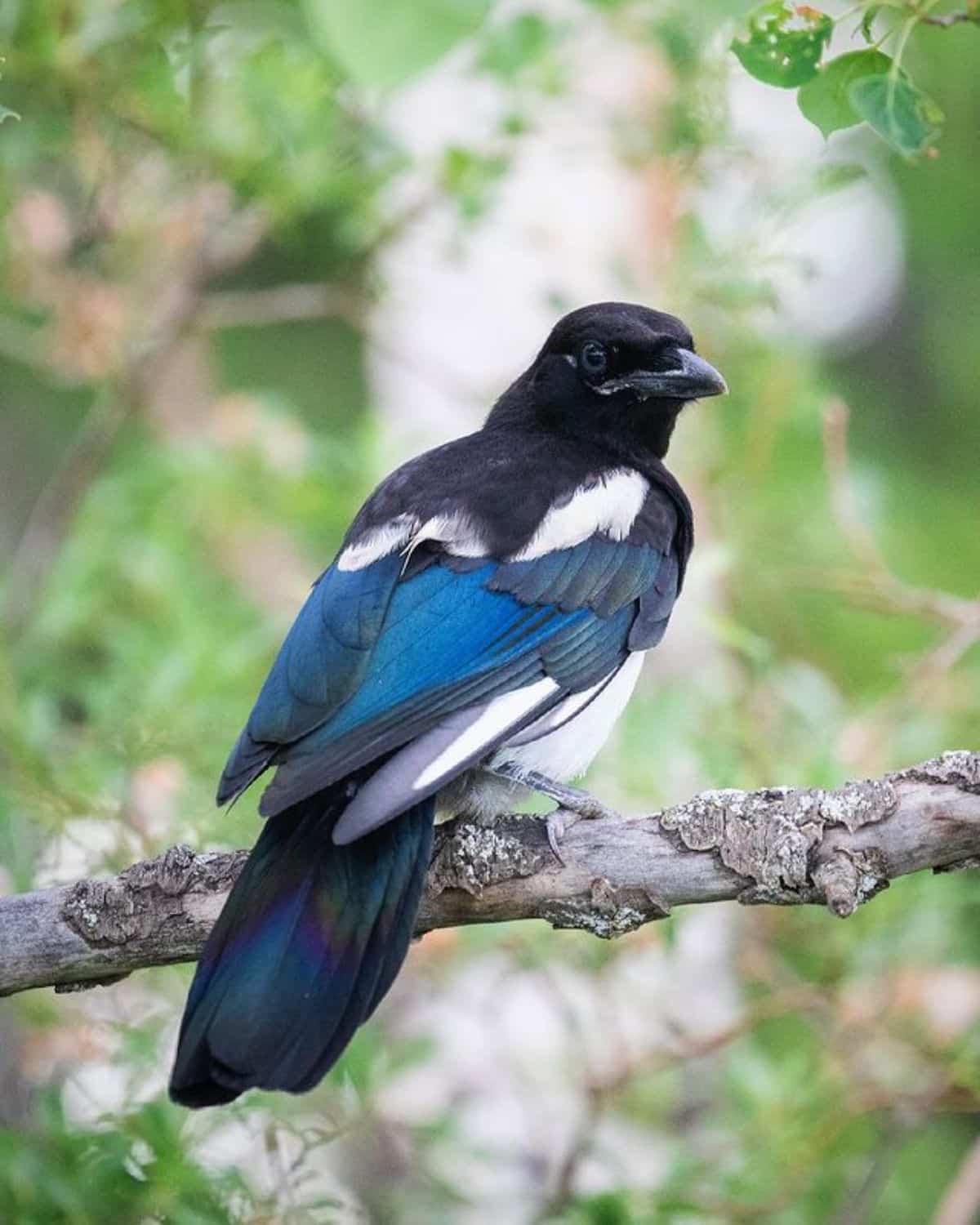
- Scientific name: Pica Hudsonia
- Length: 45-60 cm
- Weight: 145-210 g
- Wingspan: 56-61 cm
The black-billed magpie is a large, distinctive bird found in the western US and Canada. These striking birds are known for their long, black tail and contrasting white patches on their wings.
Black-billed magpies are intelligent and social birds, often forming large flocks to search for food. They are also known for their clever and intricate mud nests, which they build in trees or on cliffs using materials like pine needles and sticks.
5. Cave Swallow
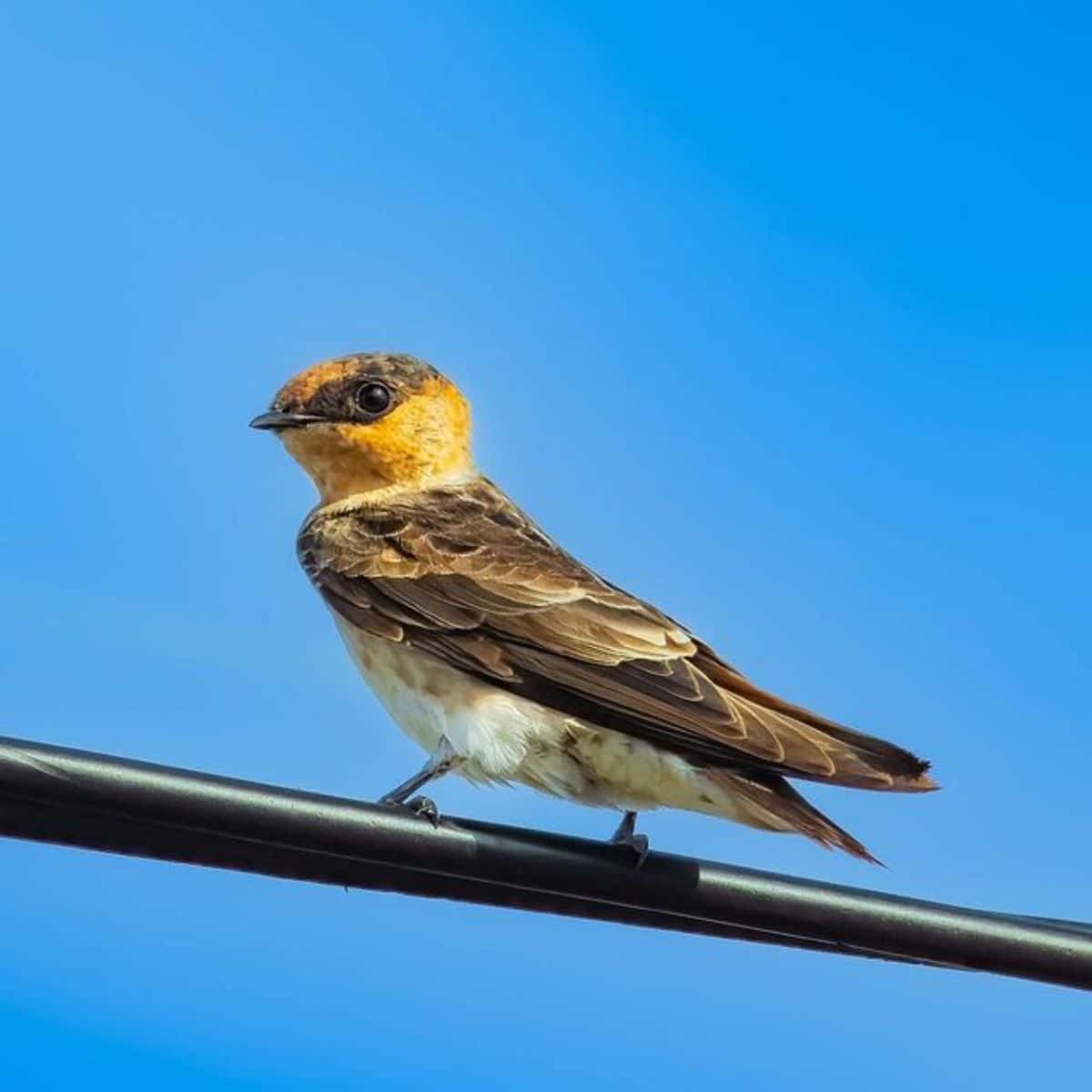
- Scientific name: Petrochelidon fulva
- Length: 12-14 cm
- Weight: 19 g
- Wingspan: 33 cm
You can find cave swallows in the southwestern US, the Caribbean, and northwestern Mexico. These amicable birds are well adapted to life underground, building their nests in sheltering caves and rock crevices. They also like to live in sinkholes.
You can easily recognize cave swallows. They have iconic orange plumage around their head and tail, which contracts with their brown/black wings and white belly.
6. Black Phoebe
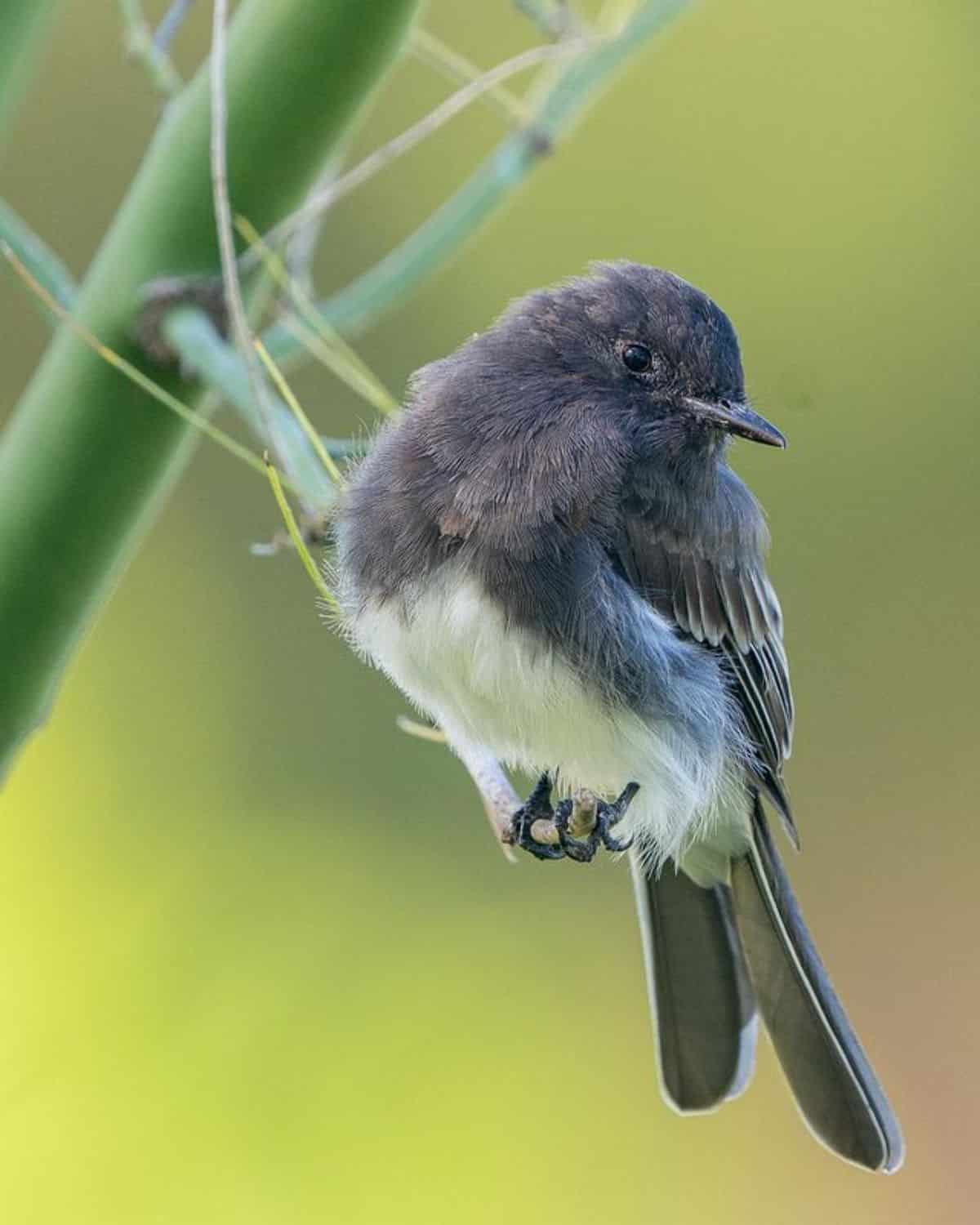
- Scientific name: Sayornis nigricans
- Length: 16 cm
- Weight: 15-22 g
- Wingspan: 27-29 cm
These adaptable birds are known for their glossy black plumage, which helps them blend in with the rocky environments where they like to live.
Black phoebes are social birds and will migrate in large groups. Large groups of black phoebes migrate to the south in the winter. They are also known for their aerial courtship displays involving chases, dives, and aerial acrobatics.
7. Apostlebird
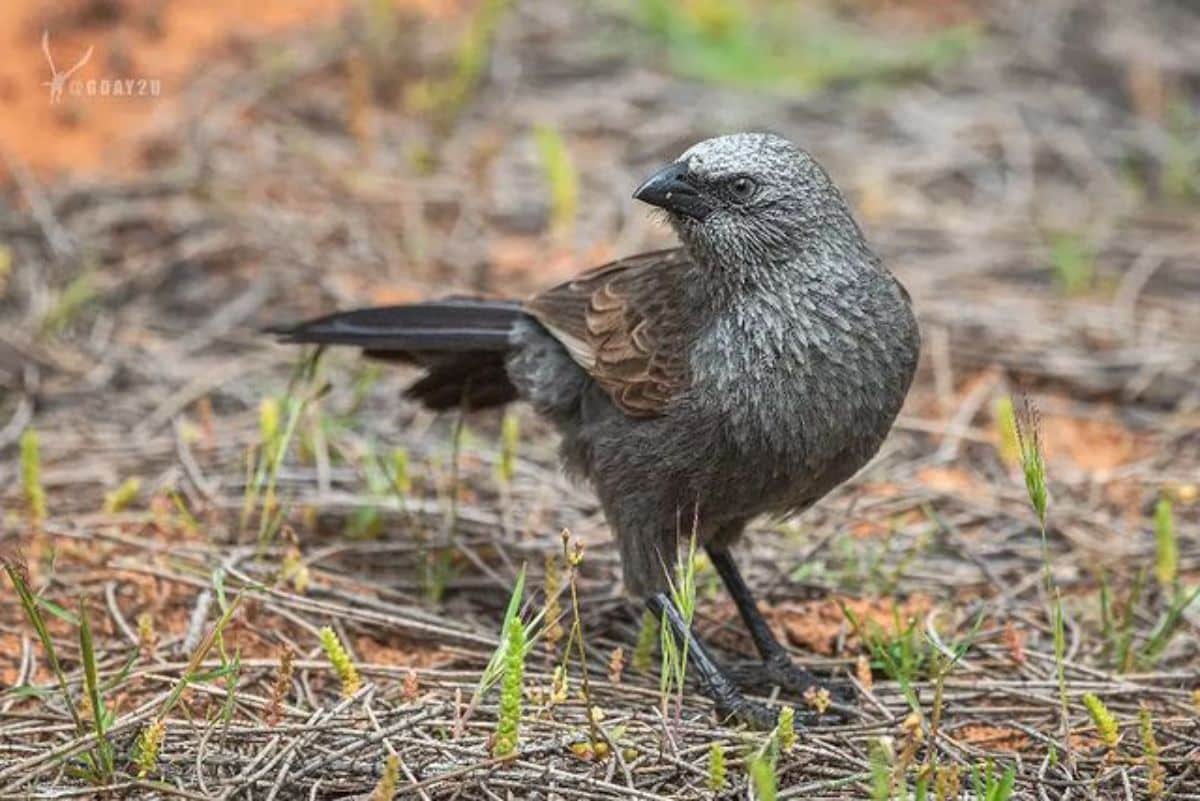
- Scientific name: Struthidea cinerea
- Length: 29-47 cm
- Weight: 110-130 cm
- Wingspan: 130 g
The apostlebird is a large, stocky bird found throughout Australia’s western and eastern portions. These drab birds are known for their rough-looking plumage that appears to have texture from afar. The birds are gregarious and will live in large familiar groups in the woodlands of Australia.
Like other members of the Struthidea genus, the apostle bird makes nests out of the mud and other available materials. The mud nest help protect its eggs from the heat of the Australian summer.
8. White-Winged Chough
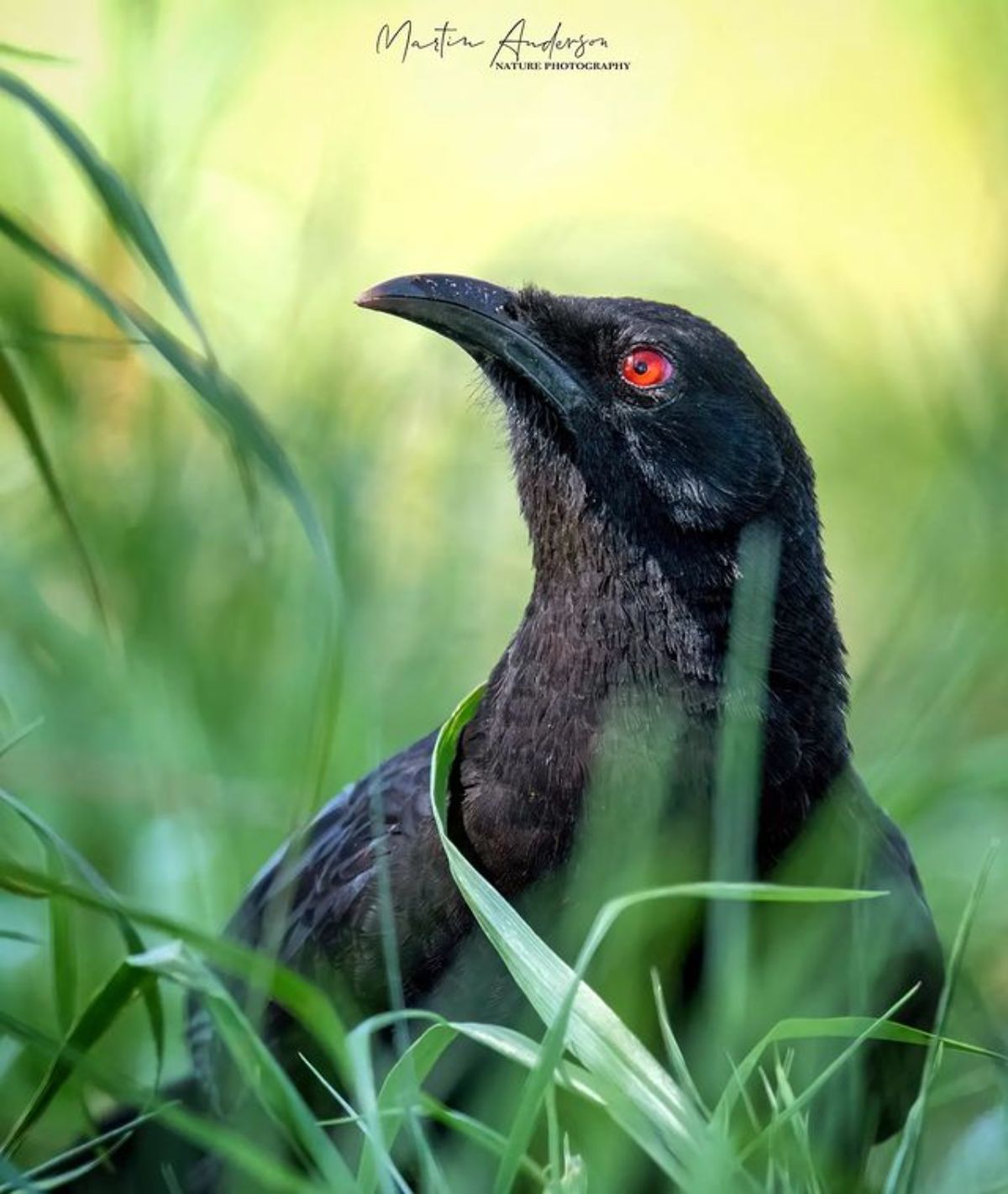
- Scientific name: Corcorax melanorhamphos
- Length: 44-50 cm
- Weight: 280-425 g
- Wingspan: 73-90 cm
The white-winged chough is a large, black bird found in the western and southern parts of Australia. These striking birds are known for their long, black beak and distinctive bright red eyes.
They gather in large flocks of twenty birds or more. Unlike other birds, the communities of white-winged chough are made up of breeding and non-breeding adults. The non-breeding adults act as assistants to the breeding birds. This species is known for its distinct call, which can be annoying.
9. Rufous Hornero
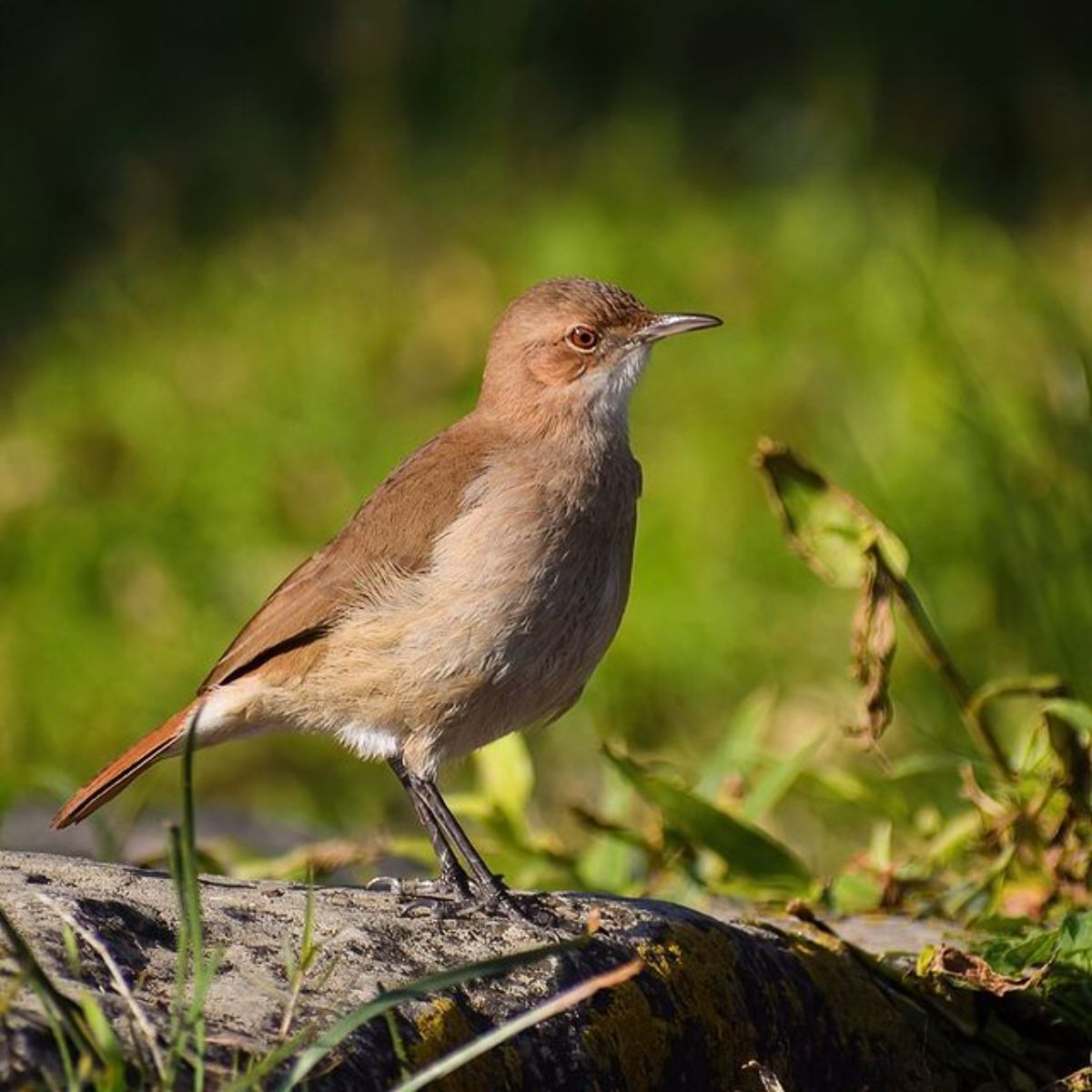
- Scientific name: Furnarius rufus
- Length: 23 cm
- Weight: 31 g
- Wingspan: 10-15 cm
These distinctive birds are known for their striking orange plumage, which can be a bright red in some individuals.
Rufous horneros like to build their nests out of mud, creating large dome-shaped structures in the corner of grasslands. These nests help protect their young from predators like foxes, snakes, and other predators.
10. Cliff Swallow
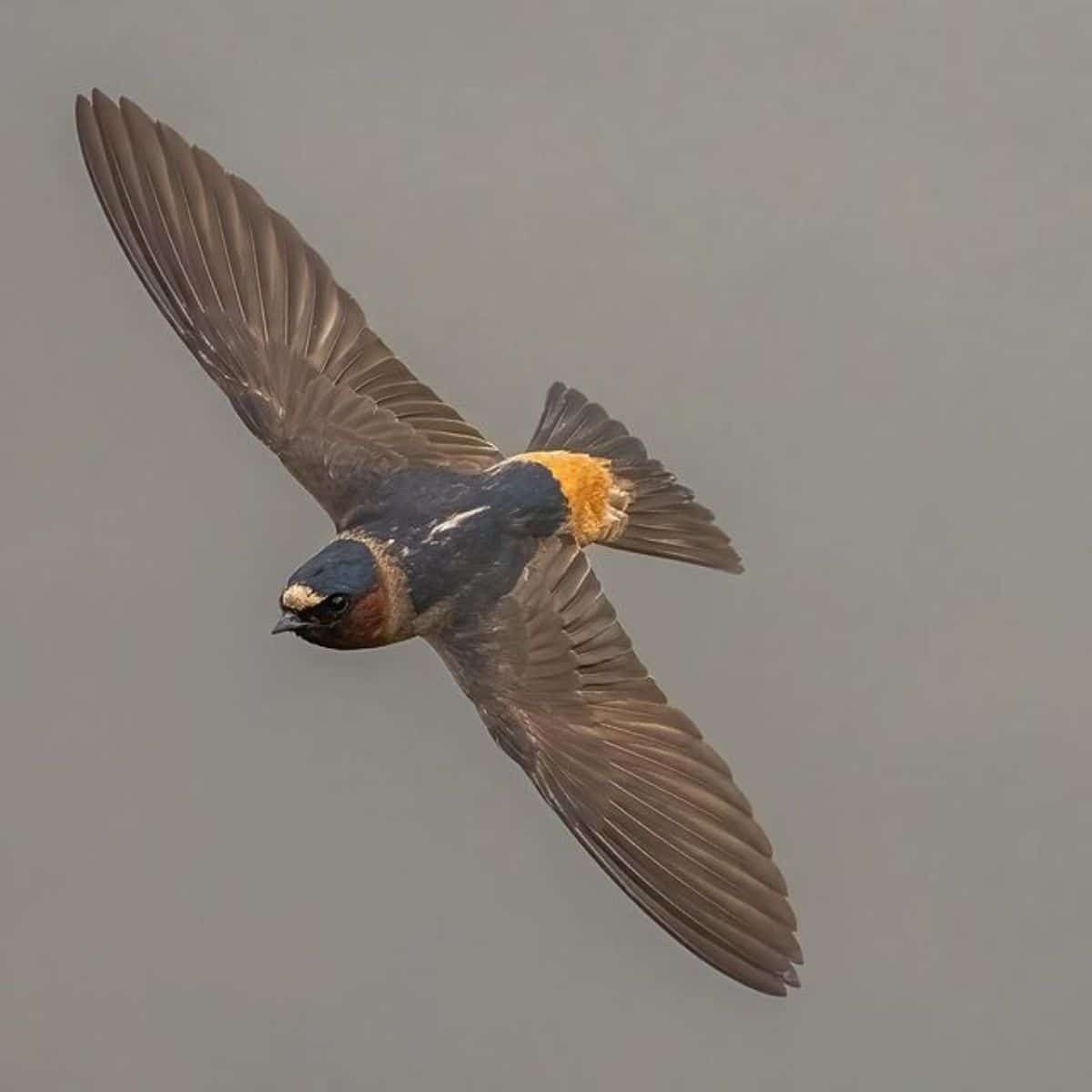
- Scientific name: Petrochelidon pyrrhonota
- Length: 13 cm
- Weight: 19-34 g
- Wingspan: 28-30 cm
The cliff swallow makes its home in the US, Canada, and northern Mexico. These social birds are known for their distinctive plumage, primarily brown with chocolate hues near their beak.
In winter, cliff swallows will migrate to South America to avoid the cold weather. They will form large flocks for migration, which can be hundreds of birds strong. They will also nest together. You can find colonies that have over 2,000 mud nests packed together.
11. Hamerkops
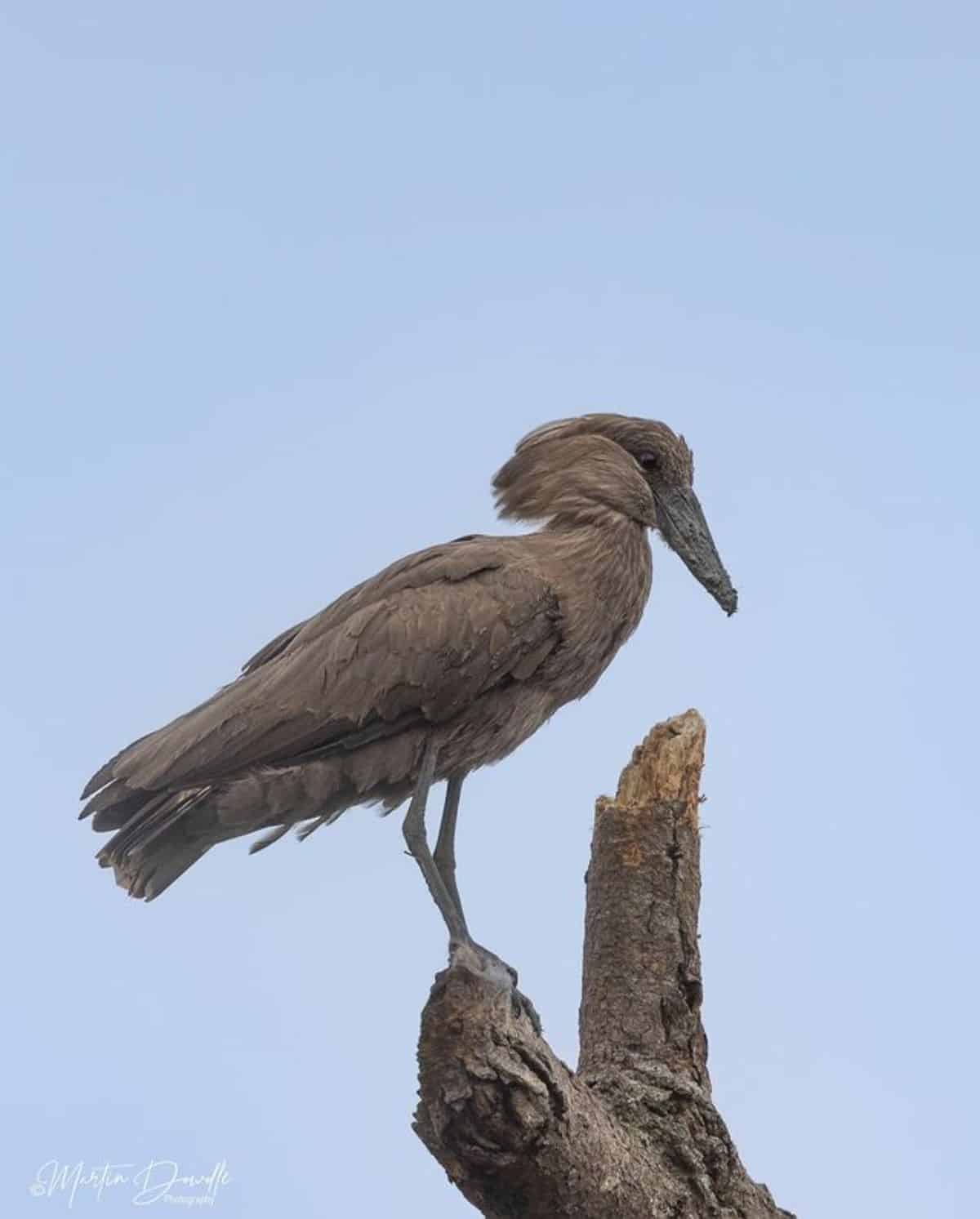
- Scientific name: Scopus umbretta
- Length: 56 cm
- Weight: 470 g
- Wingspan: 90 cm
The hamerkop is a large, distinctive bird found throughout Africa and the Middle East. These majestic birds are known for their striking plumage and long, curved beak.
Hamerkops are related to pelicans and have similar beak and neck shapes. Like pelicans, they are water birds commonly found near rivers, lakes, and wetlands.
Wrap Up
Whether a bird enthusiast or enjoys observing nature, mud nest birds are a fantastic group to watch. With their striking plumage, clever behaviors, and intricate nests, these birds are a unique part of the natural world.
What’s your favorite bird that builds mud nests? Let us know in the comments below.
